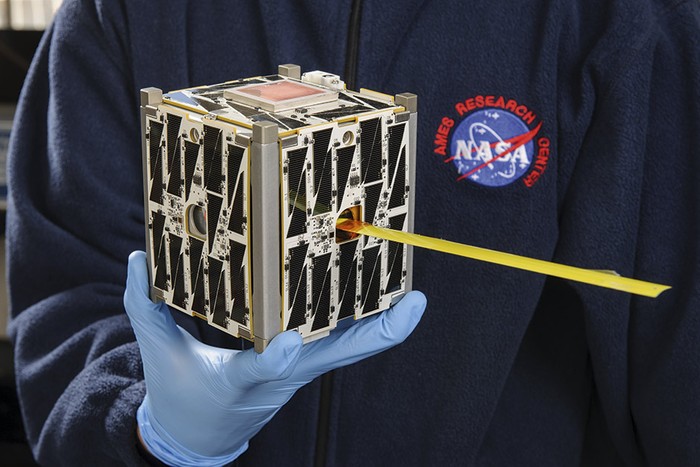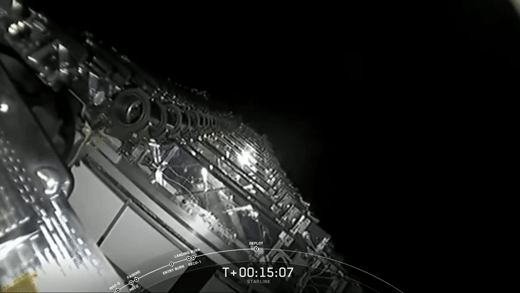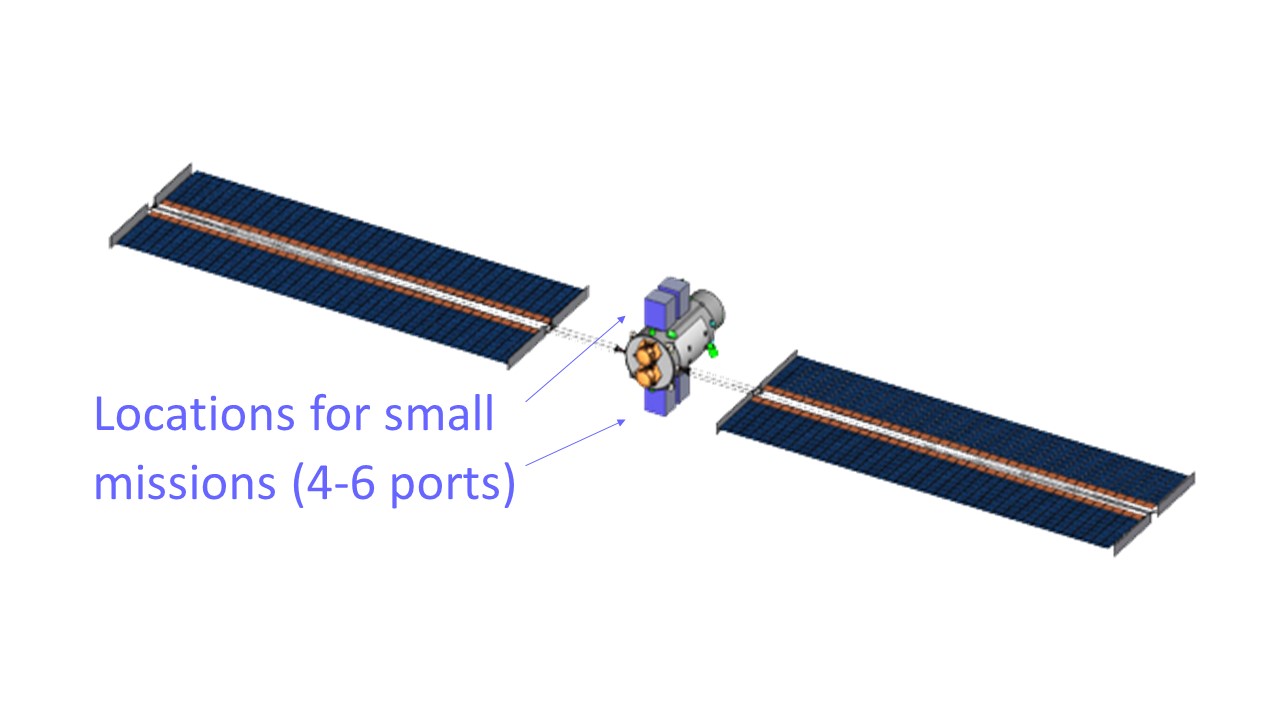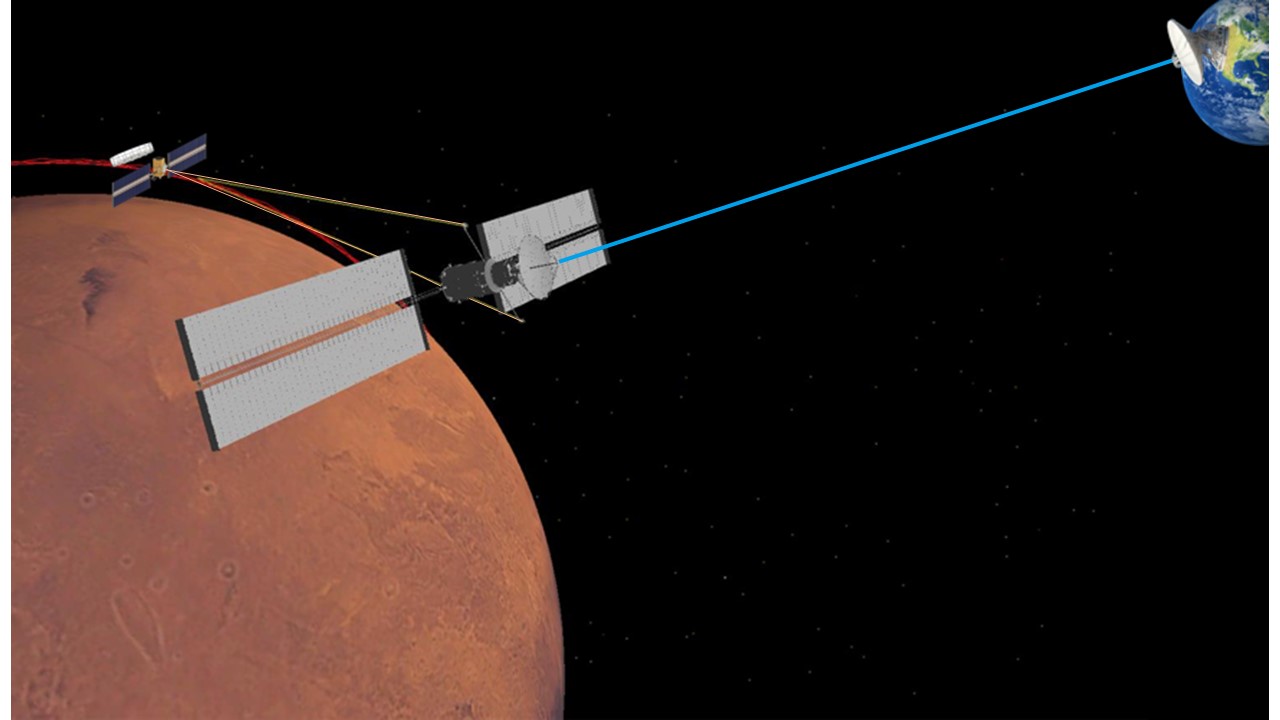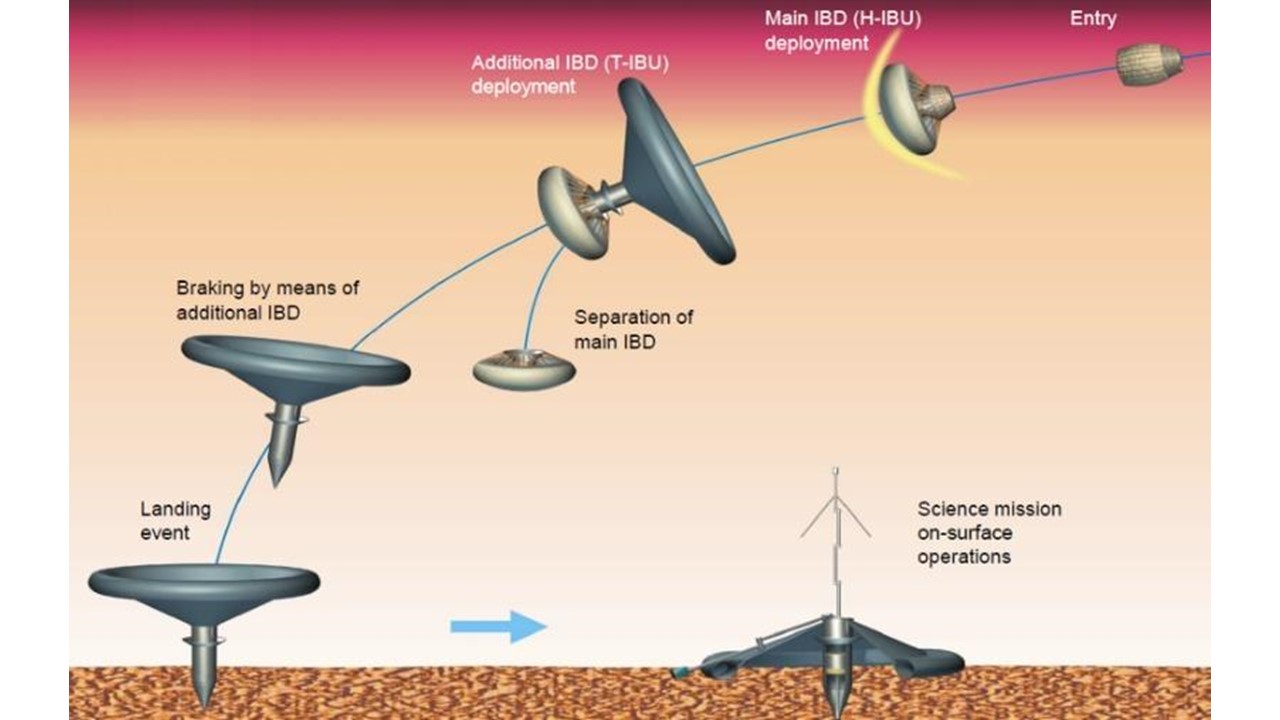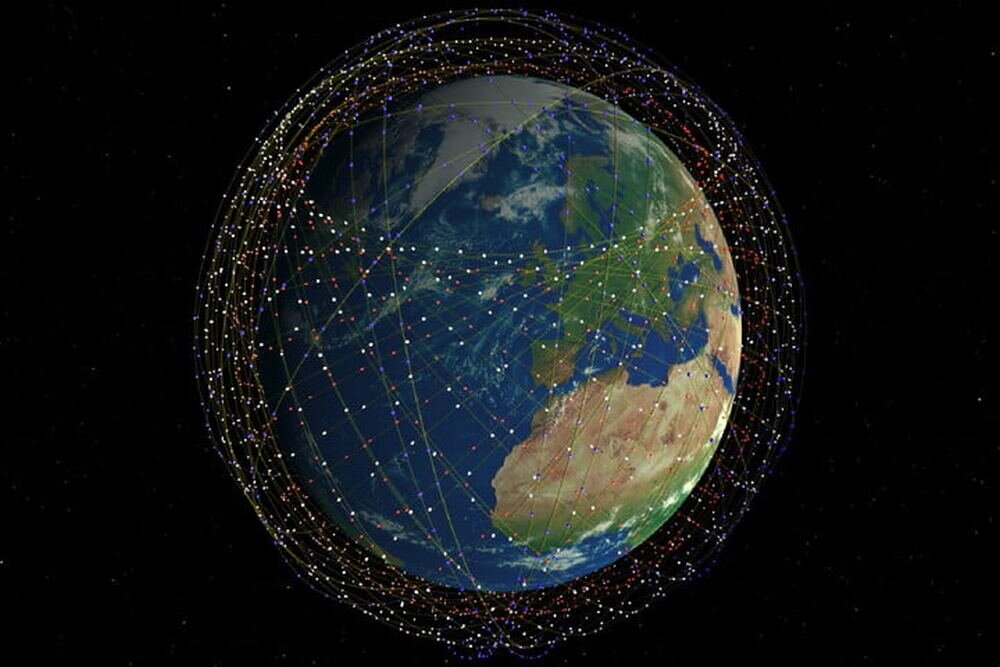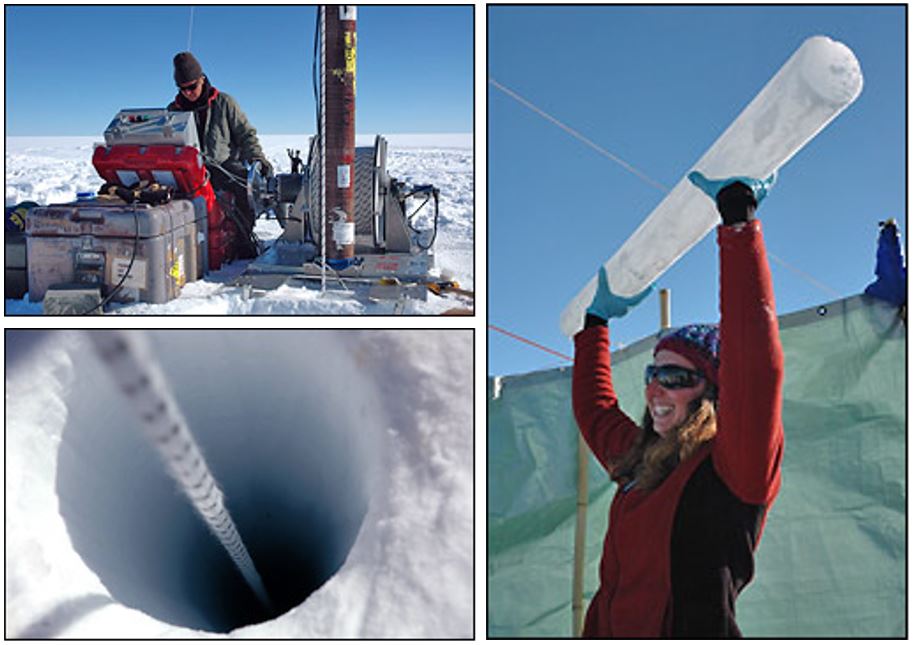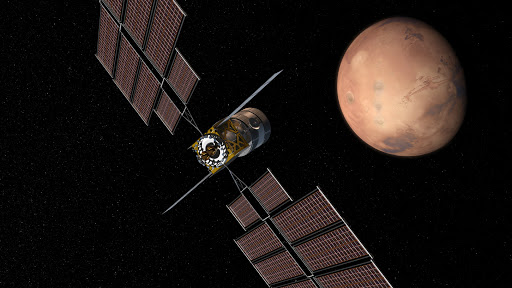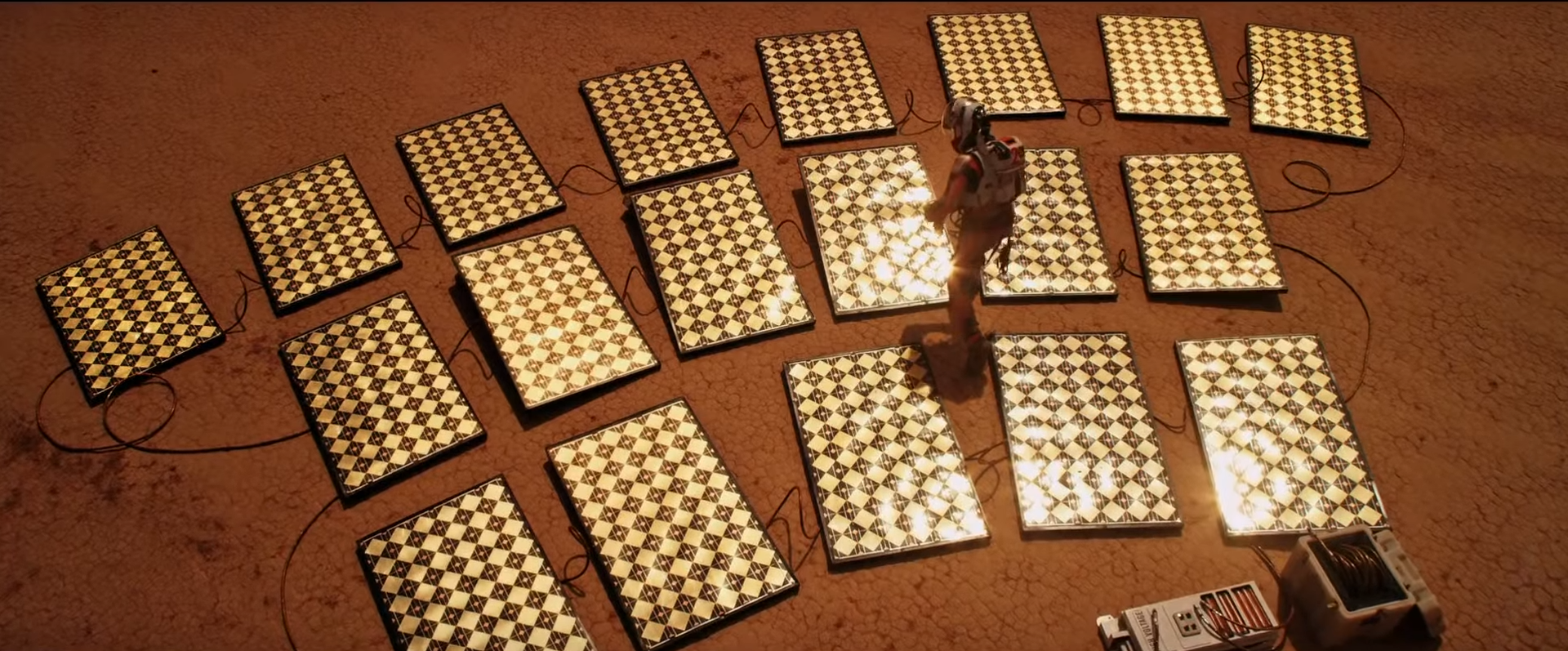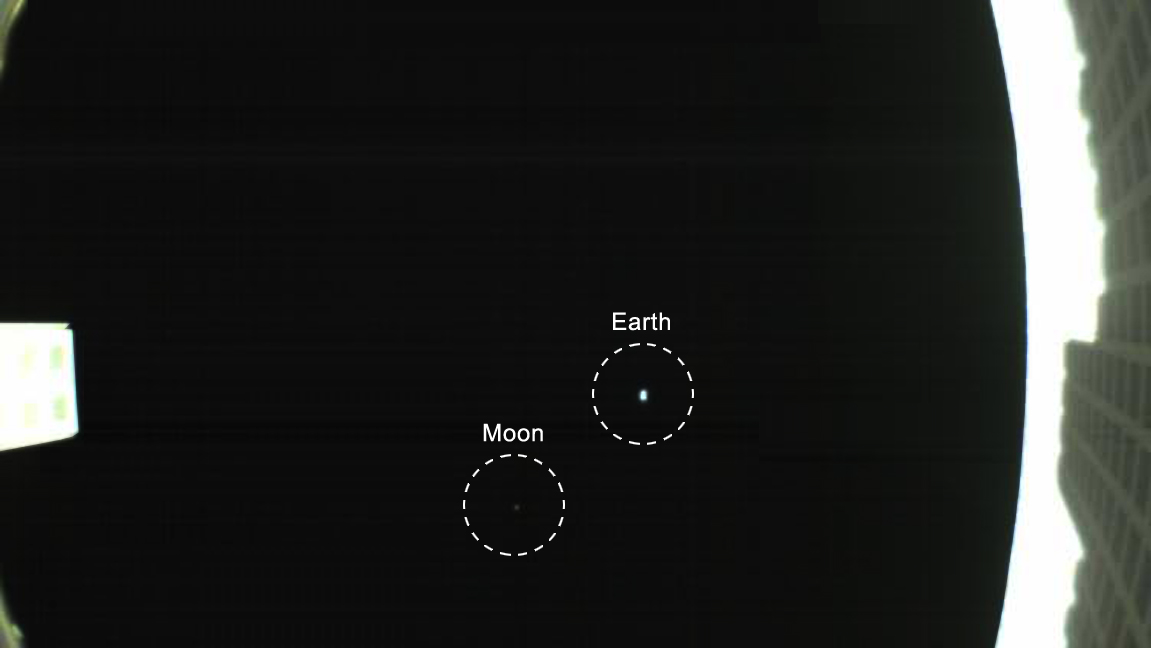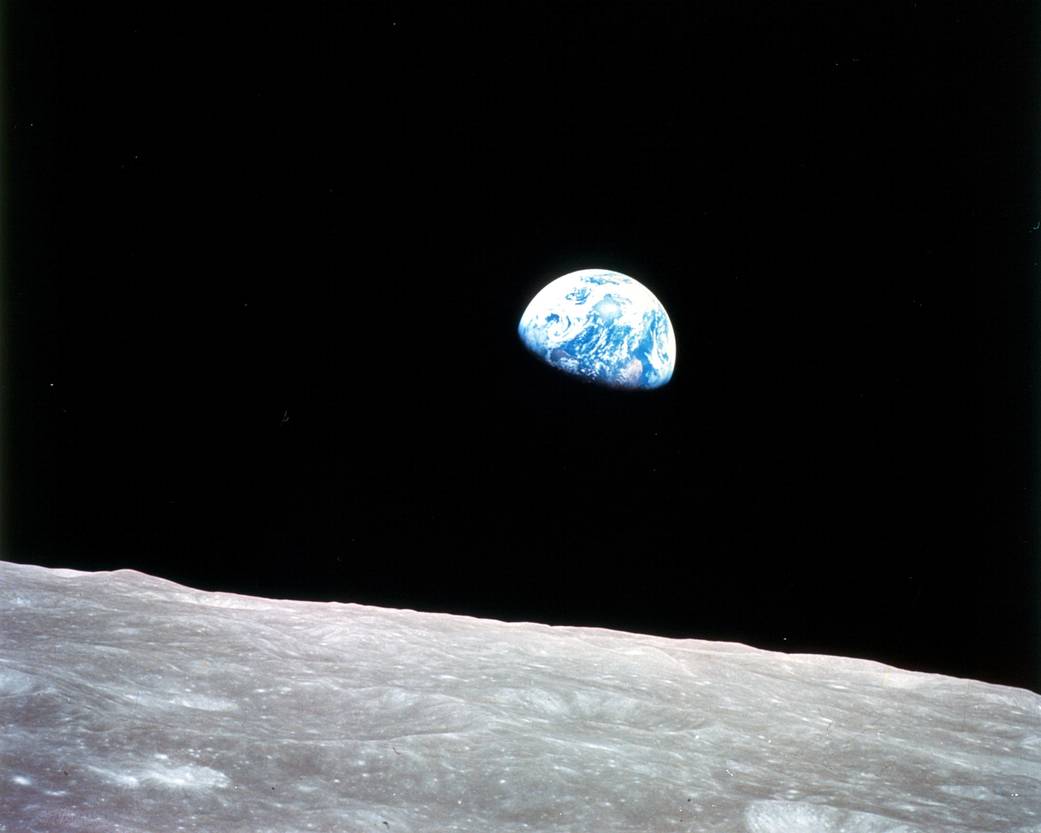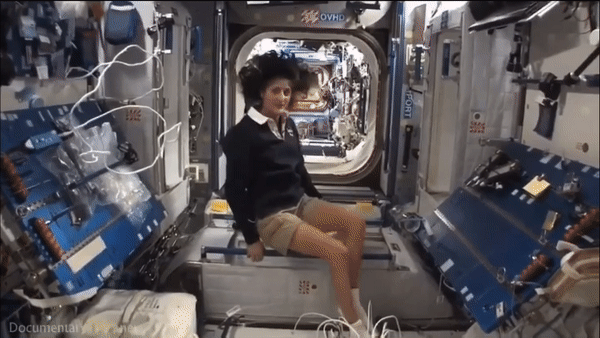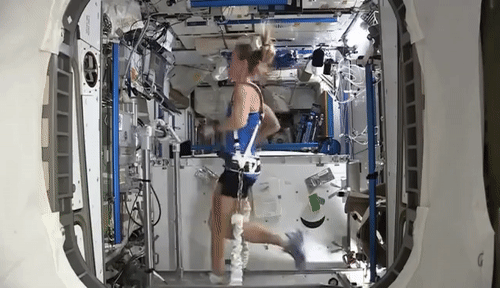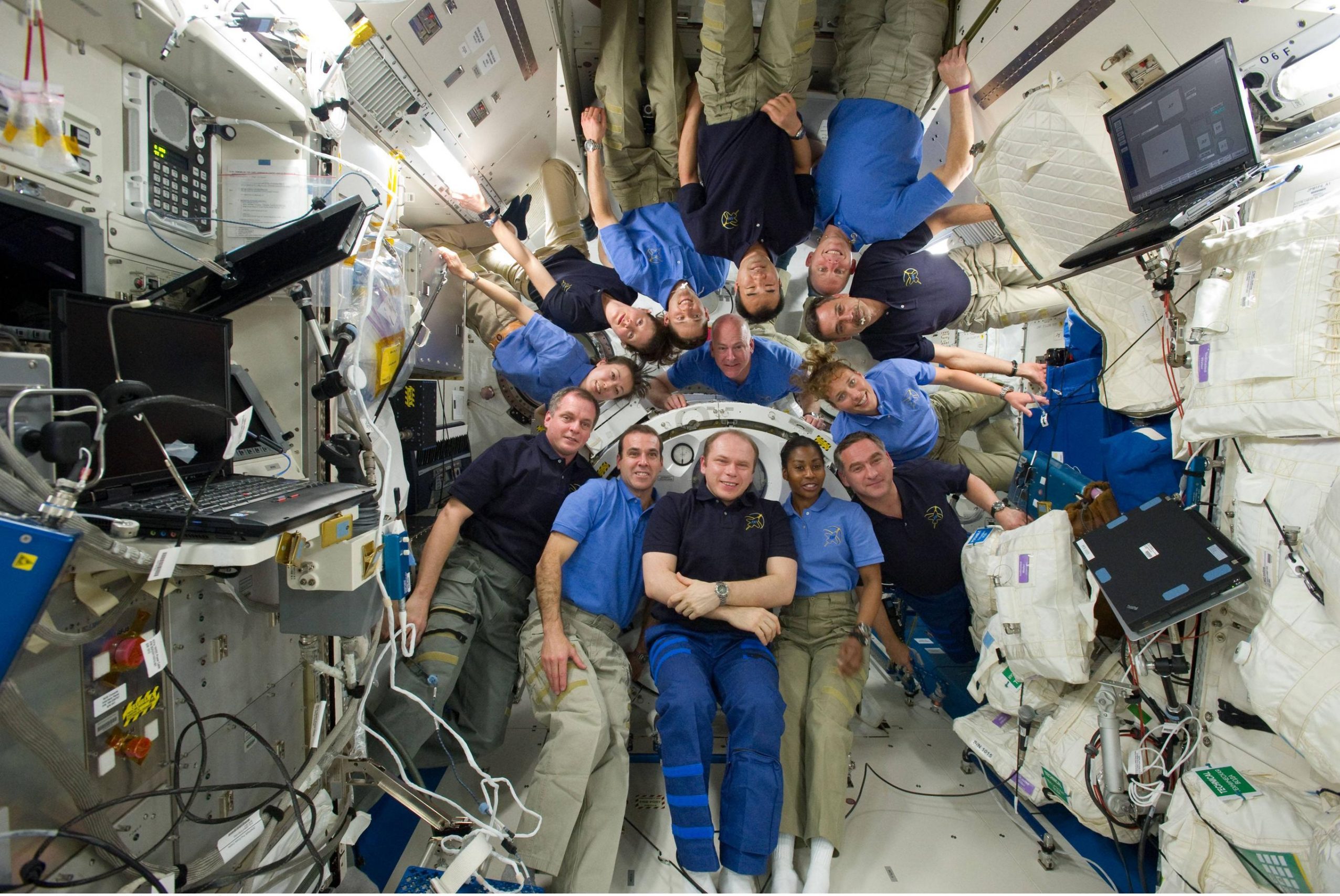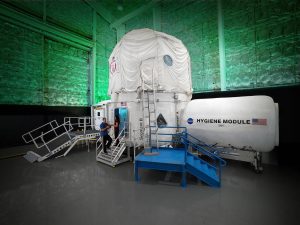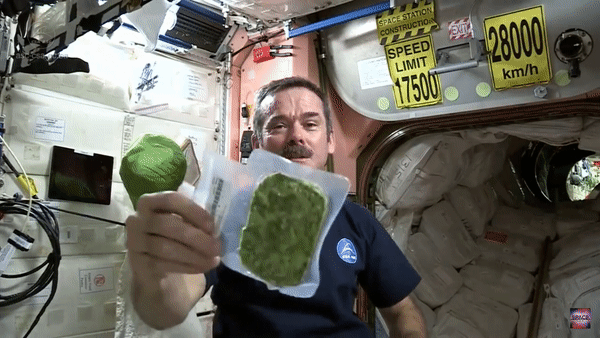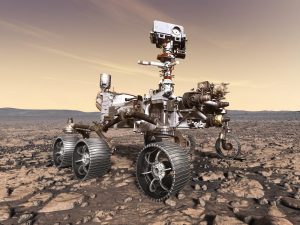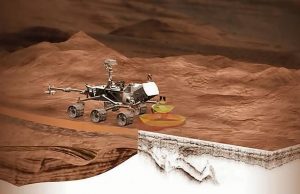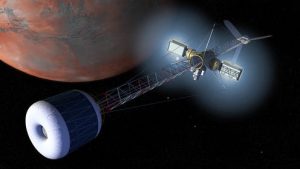By: Richard (Rick) Davis, Lexie Barnard-Davignon, Jesus Badal, Bob Collom

History is shaped by pioneers. Every decision explorers make can affect the outcome of their missions. Among the most critical of these is base location. Some expeditions faced insurmountable challenges because of their selected landing site. As we embark on a new mission to live and work on the Martian surface, we want to ensure we avoid the mistakes of our predecessors by implementing lessons from their successes and challenges. Historic missions, like the settlement of Jamestown, Virginia in the United States of America, teach us the importance of reconnaissance, ground truth, and supply buildup when it comes to base location selection. Starting with this post highlighting Jamestown, we will begin a series exploring the ongoing theme of lessons learned from historic landing sites/base locations.
Jamestown, settled by European colonists in 1607, was the first long-term British settlement in North America. Jamestown settlers initially struggled to establish themselves, facing challenges such as conflicts with the indigenous population, starvation, and disease. Using only the criteria set by their funders, the colonists set out from England to find a “new world” location that was sheltered, accessible by ship, and easily defensible.[1] Although the small peninsula on the James River that the settlers chose met these high-level requirements due to its vacancy and location in deep waters, basic survival needs such as sufficient natural resources were not accounted for in the base location criteria. As a result, drinking water, a vital resource, was in short supply. Although Jamestown was surrounded by water, given its proximity to swamplands and a part of the James River that regularly backed up with saltwater from the Chesapeake Bay[2], very little was drinkable. The settlers also did not factor in soil composition when choosing a location and instead ended up in a location referred to as “waste ground”3 by the Algonquian who lived nearby due to its lack of fresh water and, therefore, poor soil. On top of this, Jamestown also experienced difficulties due to harsh weather conditions beyond their control including severe winters and drought. The sandy soil in the area further degraded in these droughts and brought about difficult growing seasons[3]. This caused settlers to rely on supply ships from England and help from the indigenous population. However, as the drought continued and ships brought more settlers, tensions rose leaving the population of Jamestown on their own.
Another important factor the settlers tried to account for was ease of access for supply runs from England. Supply trips took anywhere from 3 to 6 months and if the settlers needed anything, they had to wait twice as long: first for their message to reach England then for a ship to return with supplies. In addition, these trips were often wrought with their own issues including susceptibility to disease outbreaks and storms. One unfortunate supply trip set to arrive in late 1609 encountered a hurricane and lost several ships, many supplies, and people. When it finally arrived the ships landed with 300 people[4] which was an influx detrimental to the already struggling settlement. During the subsequent winter of 1609-10 known as the “starving time” only 60 of the around 500 settlers survived[5]; the rest succumbed to starvation and diseases. Death was not new at Jamestown. A staggering 66 of the original 104 settlers died within the first 9 months of its founding. After nearly abandoning the site, a new governor and supply ships arrived from England to help the settlers rebuild Jamestown. Unfortunately, a series of fires and the destruction of its major statehouse drove the residents to move – eventually settling several miles away at what is today known as Williamsburg. Today, as water levels rise, Jamestown is only preserved as a historic site and archaeological dig[6]. On Mars, abandoning or moving a base location due to insufficient resources would be a very costly option. Traveling to and landing on Mars is time consuming, difficult, and so any human mission will have to think long-term when selecting a permanent base location to avoid the faults of the Jamestown settlers.


Like the Jamestown colonists we must also consider our strategic goals for Mars missions, specifically finding a safe landing location with access to interesting science targets. But, as seen with the struggles and high mortality rates of the settlers of early Jamestown, access to natural resources is an important consideration to support longevity. One of the most obvious vital resources is water. Water is not only crucial for human needs; it is also a valuable ingredient for rocket fuel, radiation protection, and agriculture. This means that we need to pick a site with access to the water ice buried across the Martian surface. This ice will not only be crucial as a resource, but it will also be an important science target for answering questions about Martian climate history, geology, and whether or not Mars once supported life or still does today. Other potential resources we may leverage include raw materials like bulk regolith that can be used as construction material and metals that can be used for in-situ repairs. It will also be important to ensure the initial missions going to Mars are well supplied when they depart from Earth. It can take six to nine months to deliver a payload to Mars and delays in launch or the loss of a spacecraft and supplies could mean supplies don’t make it to the Martian system for years. Being overprepared and building a stockpile of supplies at Mars will be vital to ensure the crew’s survival. In the early days, Martian explorers will be completely dependent on supplies they bring with them and those delivered from Earth. It will be crucial to establish a baseline of resource requirements for human missions, identify locations to meet those needs, and plan for their delivery to the Martian system in a timely manner.
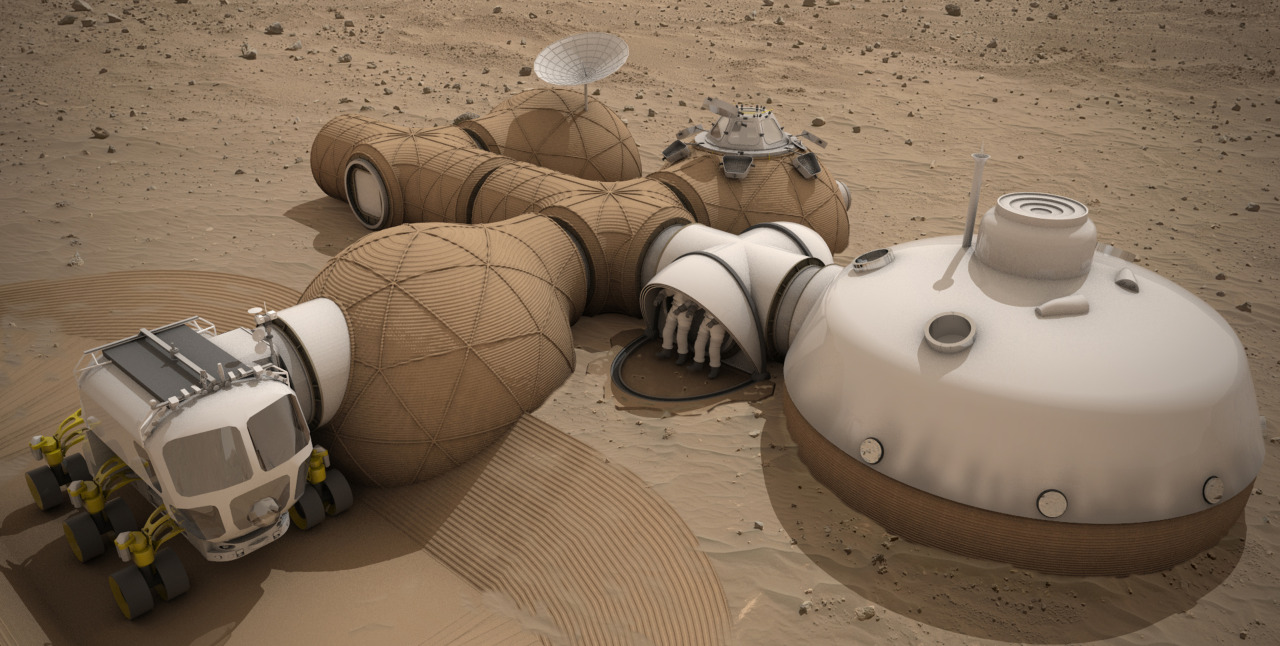
Jamestown is just one of many exploration missions that can inform how we move forward with Mars missions. So, what will it take to select the first human landing site/base location on Mars? As seen with Jamestown, we need to ensure we have both high-level objectives we want to accomplish and a list of criteria for what we want in a landing site. This can include, but is not limited to, access to different resources such as water or the ability to conduct certain science objectives. We will also need to think ahead to the future and begin building up a base with adequate supplies for longevity. History records many landing site selections riddled with both challenges and successes. As we delve further into our exploration ventures on Mars and beyond, we will carry this record with us and keep the lessons learned at the forefront of our minds.
Keep an eye out for future posts exploring other historic landing sites/base locations. If you have any site selection efforts that you would like us to cover, please let us know at: nasa-mars-exploration-zones@mail.nasa.gov
Footnotes:
[1] https://www.nps.gov/jame/learn/historyculture/a-short-history-of-jamestown.htm
[2] https://doi.org/10.1073/pnas.1001052107
[3] https://www.nasa.gov/vision/earth/everydaylife/jamestown-settlement-fs.html
[4] https://historicjamestowne.org/history/jamestown-timeline/
[5] https://historicjamestowne.org/history/history-of-jamestown/the-starving-time/
[6] https://historicjamestowne.org/history/history-of-jamestown/

